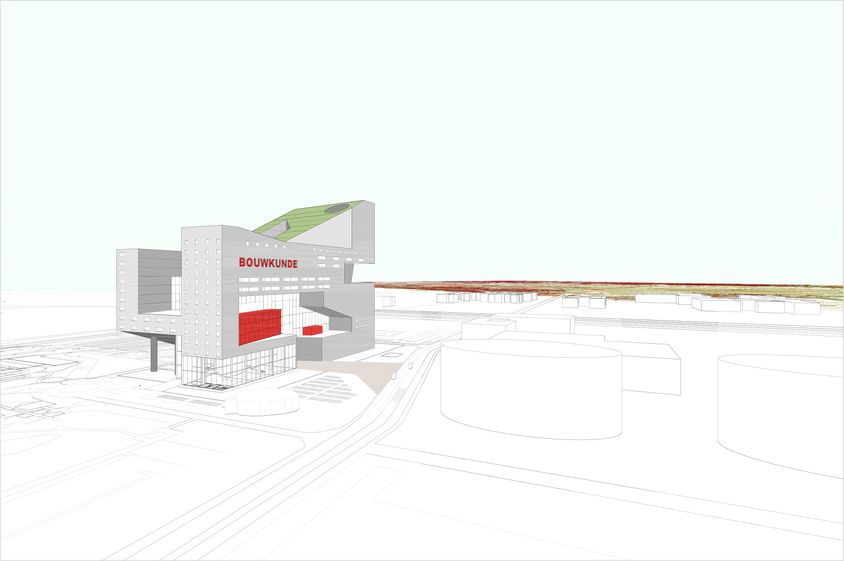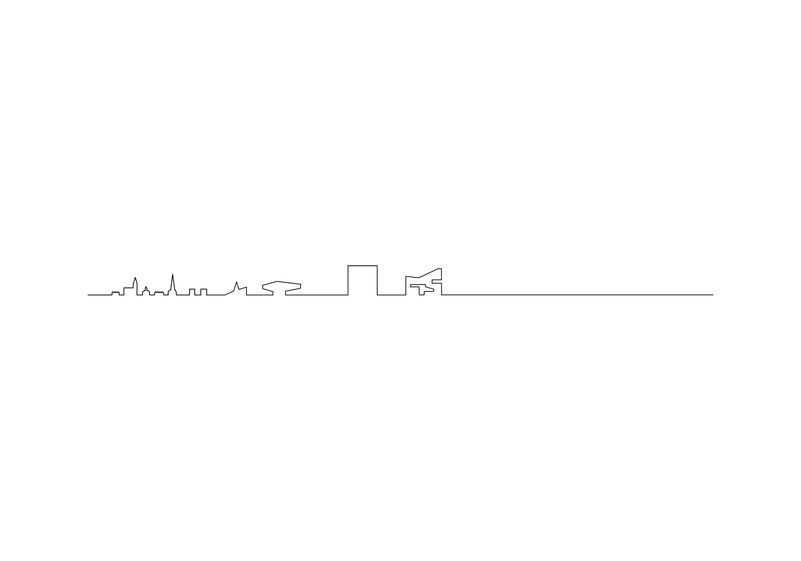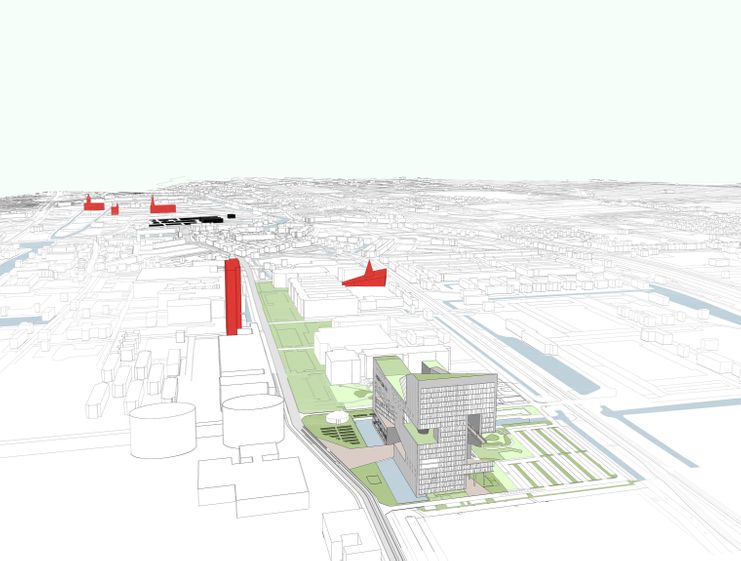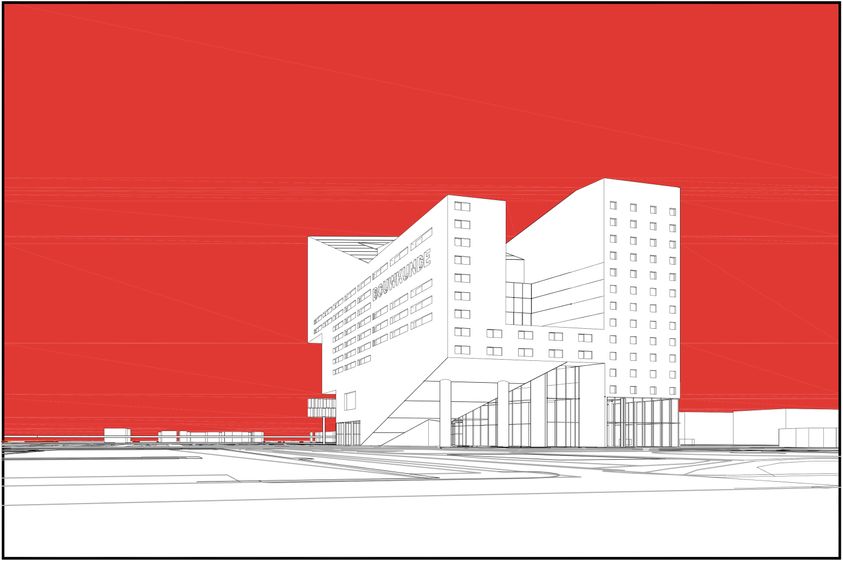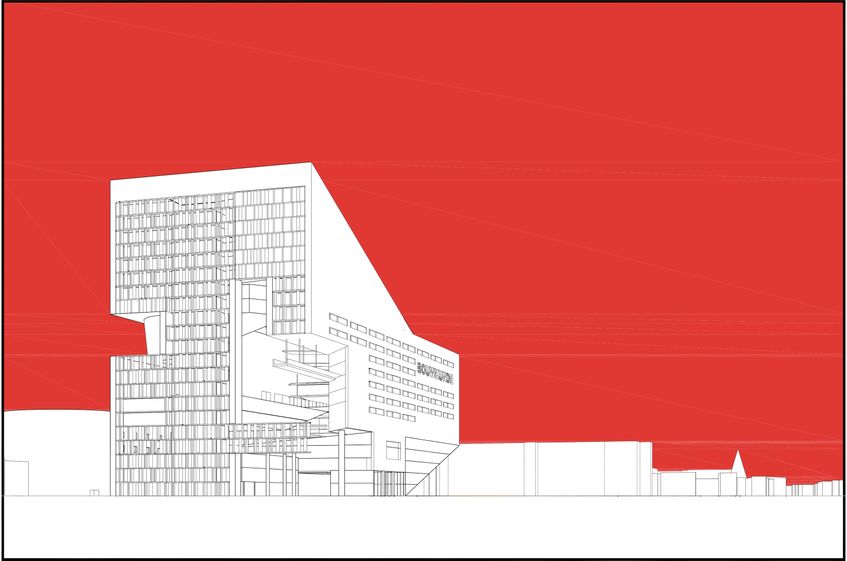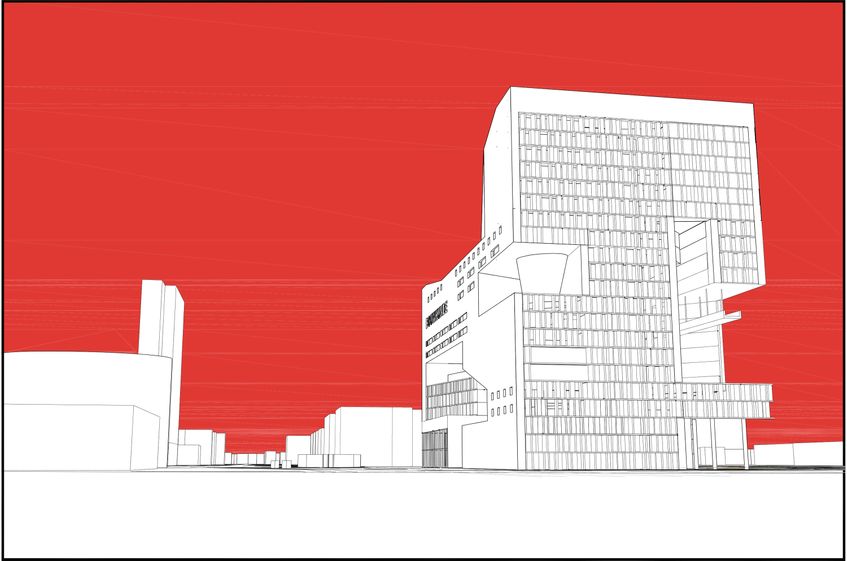CITY BOUWKUNDE
Delft, The Netherlands
The city
It is obvious that the economical competitions between the cities become a key issue among EU nations, rather than the one between the countries. Fragmented small cities tend to expand and getting merged to each other. The axis formed by this procedure starts to manipulate the fabric of the city. Delft has been expanding its boundary in time, and has a clear axis of development toward Den Haag and toward Rotterdam.
Nuclears
As a tourist acquires knowledge of a city by visiting a series of tourist's points, people living in the city are also experiencing their own city by linking the city nuclear, which create the places, stories, and the memories.
Architecture
Being as an architectural researching facility, defining the faculty building as one nuclear of the city is the initial approach of this project.
Research
Unexpected loss of the faculty building, and thus, the opportunity of designing a new faculty building naturally lead an approach direction from the memories of the building. Furthermore it enlarges the scale to the collective memories of the city. A memory for a certain object consists of the images that it has been generating. Borrowing an idea from 'simulacre', it is possible to expect recollected model playing more than the original has been doing.
Assemblage
An architectural process in which a three-dimensional composition is made from putting together found objects. The idea of assemblage as a methodology for the design is adapted for City Bouwkunde: Delft, canal, old church, new church, city hall, facades, plaza, bicycle, tram, windmill, library, cone, etc.
